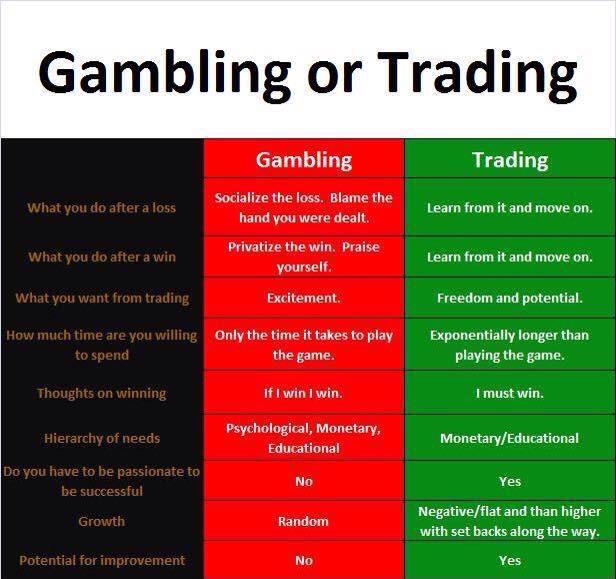 R U L E # 1
R U L E # 1
Never, ever, under any circumstance, should one add to a losing position … not EVER!
Averaging down into a losing trade is the only thing that will assuredly take you out of the investment business. This is what took LTCM out. This is what took Barings Brothers out; this is what took Sumitomo Copper out, and this is what takes most losing investors out.
R U L E # 2
Never, ever, under any circumstance, should one add to a losing position … not EVER!
We trust our point is made. If “location, location, location” are the first three rules of investing in real estate, then the first two rules of trading equities, debt, commodities, currencies, and so on are these: never add to a losing position.
R U L E # 3
Learn to trade like a mercenary guerrilla.
The great Jesse Livermore once said that it is not our duty to trade upon the bullish side, nor the bearish side, but upon the winning side. This is brilliance of the first order. We must indeed learn to fight/invest on the winning side, and we must be willing to change sides immediately when one side has gained the upper hand.
R U L E # 4 DON’T HOLD ON TO LOSING POSITIONS
Capital is in two varieties: Mental and Real, and, of the two, the mental capital is the most important.
Holding on to losing positions costs real capital as one’s account balance is depleted, but it can exhaust one’s mental capital even more seriously as one holds to the losing trade, becoming more and more fearful with each passing minute, day and week, avoiding potentially profitable trades while one nurtures the losing position.
R U L E # 5 GO WHERE THE STRENGTH IS
The objective of what we are after is not to buy low and to sell high, but to buy high and to sell higher, or to sell short low and to buy lower.
We can never know what price is really “low,” nor what price is really “high.” We can, however, have a modest chance at knowing what the trend is and acting on that trend. We can buy higher and we can sell higher still if the trend is up. Conversely, we can sell short at low prices and we can cover at lower prices if the trend is still down. However, we’ve no idea how high high is, nor how low low is.
R U L E # 6
Sell markets that show the greatest weakness; buy markets that show the greatest strength.
Metaphorically, when bearish we need to throw our rocks into the wettest paper sack for it will break the most readily, while in bull markets we need to ride the strongest wind for it shall carry us farther than others.
R U L E # 7
In a Bull Market we can only be long or neutral; in a bear market we can only be bearish or neutral.
In a bull market we can be neutral, modestly long, or aggressively long–getting into the last position after a protracted bull run into which we’ve added to our winning position all along the way. Conversely, in a bear market we can be neutral, modestly short, or aggressively short, but never, ever can we–or should we–be the opposite way even so slightly.
R U L E # 8
“Markets can remain illogical far longer than you or I can remain solvent.”
The University of Chicago “boys” have argued for decades that the markets are rational, but we in the markets every day know otherwise. We must learn to accept that irrationality, deal with it, and move on.
R U L E # 9
Trading runs in cycles; some are good, some are bad, and there is nothing we can do about that other than accept it and act accordingly.
Thus, when things are going well, trade often, trade large, and try to maximize the good fortune that is being bestowed upon you. However, when trading poorly, trade infrequently, trade very small, and continue to get steadily smaller until the winds have changed and the trading “gods” have chosen to smile upon you once again.
R U L E # 10
To trade/invest successfully, think like a fundamentalist; trade like a technician.
It is obviously imperative that we understand the economic fundamentals that will drive a market higher or lower, but we must understand the technicals as well. When we do, then and only then can we, or should we, trade. (more…)



 A system’s purpose is to ensure that we do not miss a breakout when a real trend comes, because missing a really strong trend is lethal – so lethal that we are willing to pay the price of many small losses, just in case the real one emerges.
A system’s purpose is to ensure that we do not miss a breakout when a real trend comes, because missing a really strong trend is lethal – so lethal that we are willing to pay the price of many small losses, just in case the real one emerges.
 R U L E # 1
R U L E # 1
